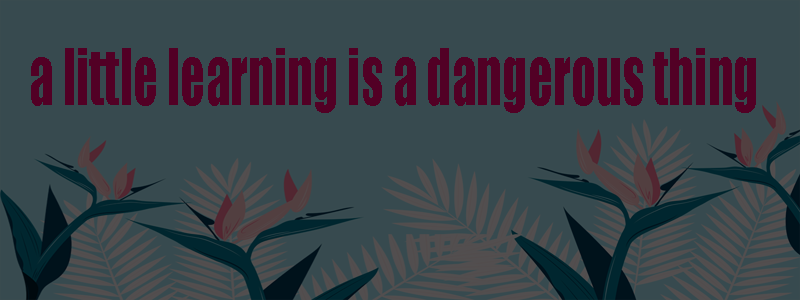We are finally testing the ideas that quantum collapse in the brain gives rise to consciousness and that consciousness creates the reality we see from the quantum world.
- Science
- 2021-07-21
THE UK looks set to drop almost all of its covid-19 restrictions on 19 July, despite infections soaring. The UK government appears to be banking on the fact that more than half the nation has been fully vaccinated against the virus, helping minimise the number of hospitalisations from covid-19. But most under-18s, who make up about a fifth of the UK population, haven’t had jabs yet. The rationale for this is that children get less sick from covid-19 and were mainly excluded from initial vaccine trials, so there is less information on vaccine effectiveness in people of that age. While…
- Health
- 2021-07-14
More than 100 people a day are expected to die and more than 1000 a day be admitted to hospital at the peak of the UK’s current wave of covid-19 cases, the government’s scientific advisers are anticipating. Modelling released by the Scientific Advisory Group for Emergencies (SAGE) today gives the first detailed look at the impacts that might stem from around 100,000 cases per day, the number that UK health secretary Sajid Javid has warned the country could hit when restrictions lift in England on 19 July. Scotland, Wales and Northern Ireland have different plans for relaxing rules. Cases aren’t…
- Health
- 2021-07-12
Richard Branson has finally launched to the edge of space aboard his Virgin Galactic space plane, a flight more than 15 years in the making. The billionaire has narrowly become the first person to fly on a spacecraft of their own making, beating Blue Origin founder Jeff Bezos by a matter of days. On 11 July, the VSS Unity launched from New Mexico, taking Branson, two pilots and three other passengers on a 90-minute suborbital flight to an altitude of 85 kilometres. “To all you kids down there, I was once a child with a dream looking up to the…
- Daily
- 2021-07-12
Fish literally get brainier when they have to think harder, and less brainy when they don’t. At least, that is the implication of two studies by Frederic Laberge at the University of Guelph in Canada and colleagues that show fish brains grow larger relative to their body size in more challenging environments and shrink in less challenging ones. Changing relative brain size as needed could help fish save vital resources. “The brain is known to be one of the most energetically expensive tissues to maintain,” says Laberge. In one study, Laberge and his team studied lake trout (Salvelinus namaycush) across…
- Science
- 2021-07-09
Overlaid images of Jupiter’s pole from NASA’s Juno orbiter and X-ray emissions (purple) taken by the Chandra space telescope
- Space
- 2021-07-09
When grown in tiny strands, ice can bend and then snap back into its original shape. These microfibres are the most flexible form of ice ever made. Most water ice is extremely rigid and brittle, breaking easily rather than bending. However, a single, long crystal of ice can be far more flexible. Limin Tong at Zhejiang University in Hangzhou, China, and his colleagues have used this quality to fabricate the most elastic water ice ever, close to the theoretical limit of how flexible it can be. They made their fibres using water vapour piped into a small chamber kept at…
- Science
- 2021-07-08
A Microsoft-owned tool powered by artificial intelligence is designed to make life easier for programmers, but some developers say it may be repurposing some of the billions of lines of code it was trained on without permission. The tool, called CoPilot, was released by GitHub, a Microsoft subsidiary that is used by millions of people to share source code and organise software projects. CoPilot uses powerful neural network tools developed by OpenAI to solve programming problems by scouring vast numbers of examples of existing solutions, both from GitHub and elsewhere, and learning how to create similar solutions. It then suggests…
- Science
- 2021-07-08
Clothes and covers made of a smart fabric that radiates heat and reflects light could help people and objects that are out in the sun stay several degrees cooler. Guangming Tao at Huazhong University of Science and Technology in Wuhan, China, and his colleagues developed what they call a “metafabric” by combining microscopic beads and fibres of titanium oxide, Teflon and a plastic called polylactic acid, all embedded within larger fibres. The beads of titanium oxide – a substance also found in sunscreens – and the Teflon reflect ultraviolet and visible light, while the polylactic acid fibres emit infrared light.…
- Technology
- 2021-07-08
Feedback is our weekly column of bizarre stories, implausible advertising claims, confusing instructions and more
- Daily
- 2021-07-07
